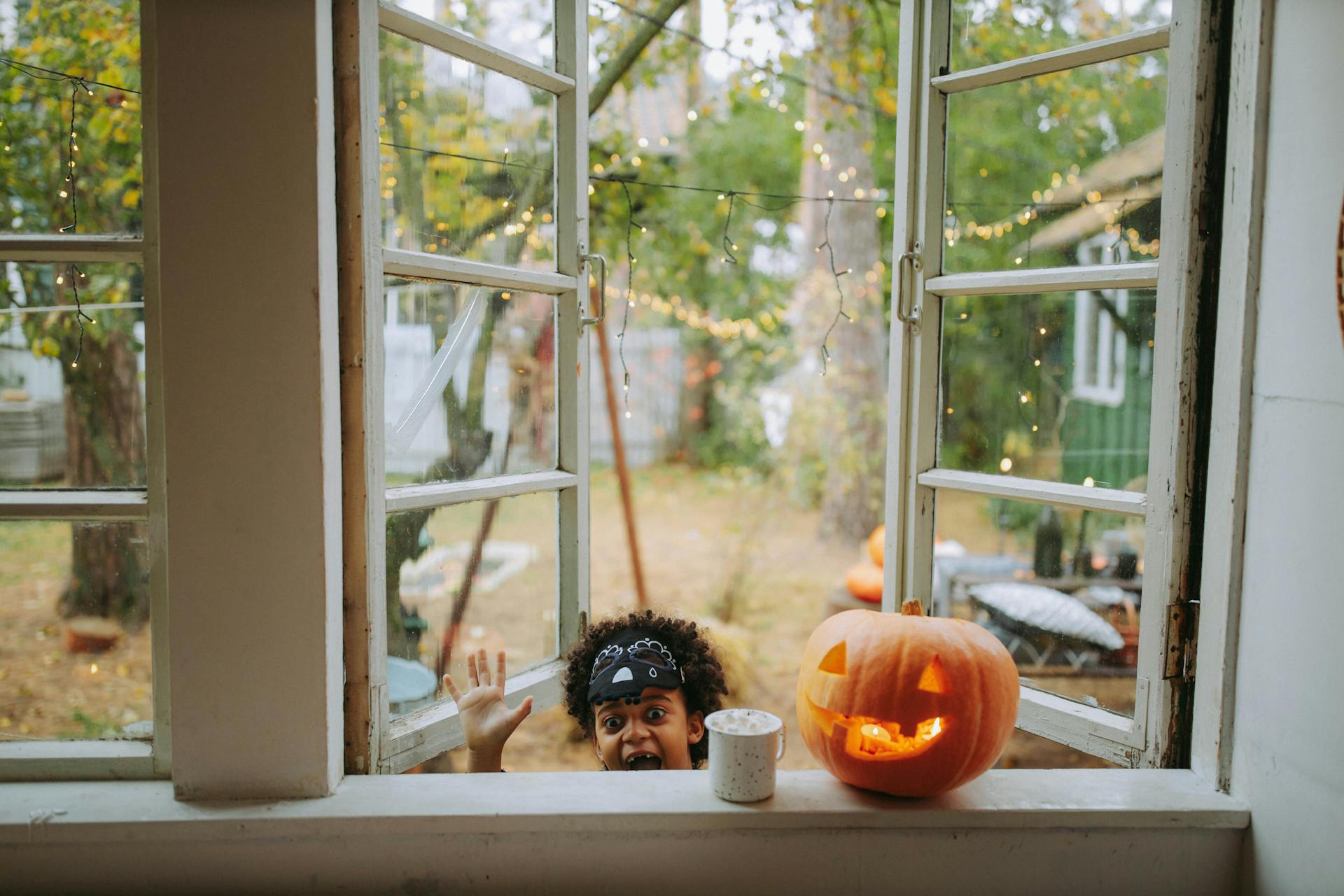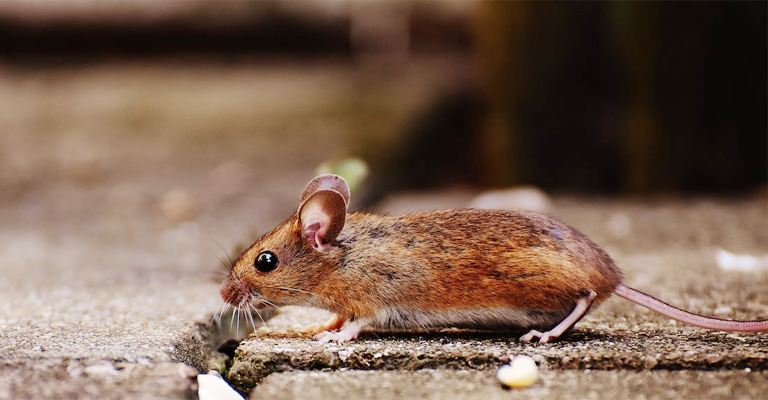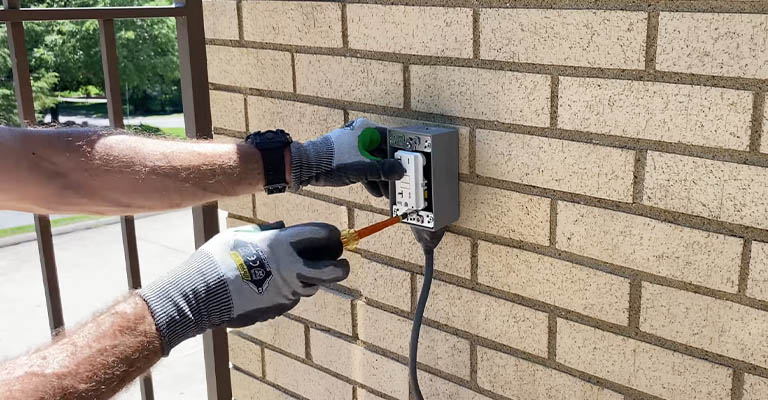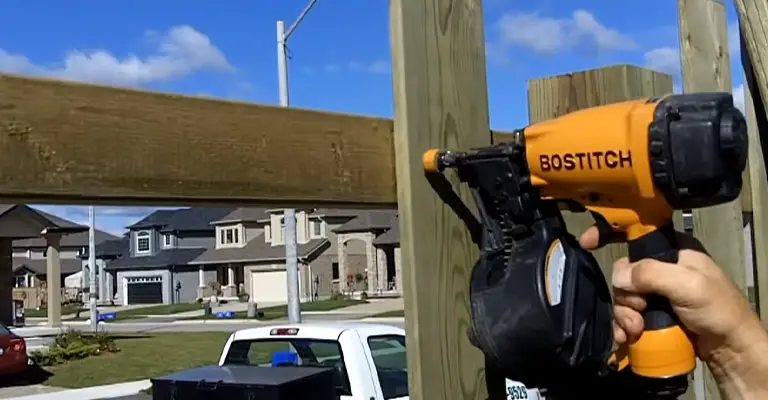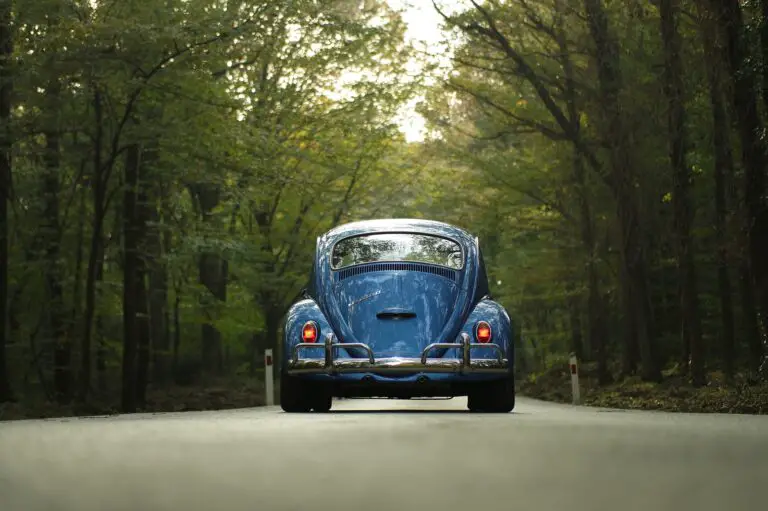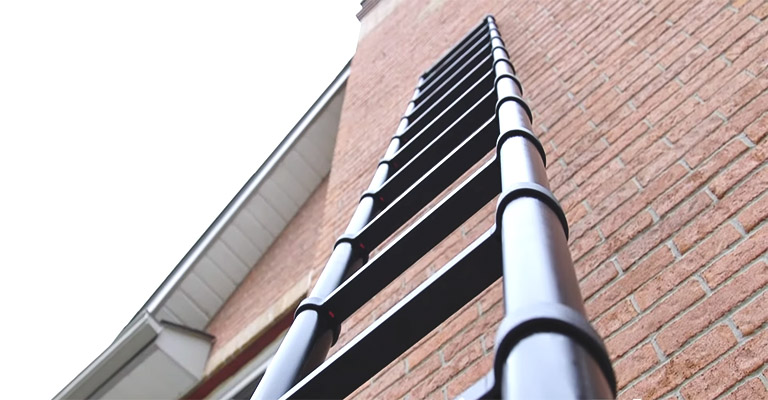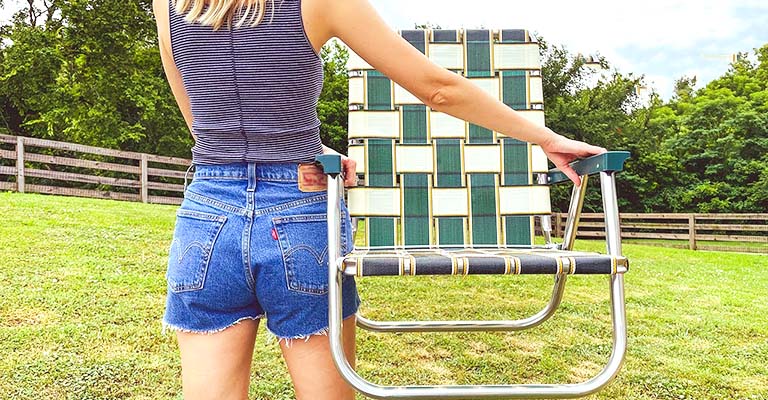How Long Do Pumpkins Last?
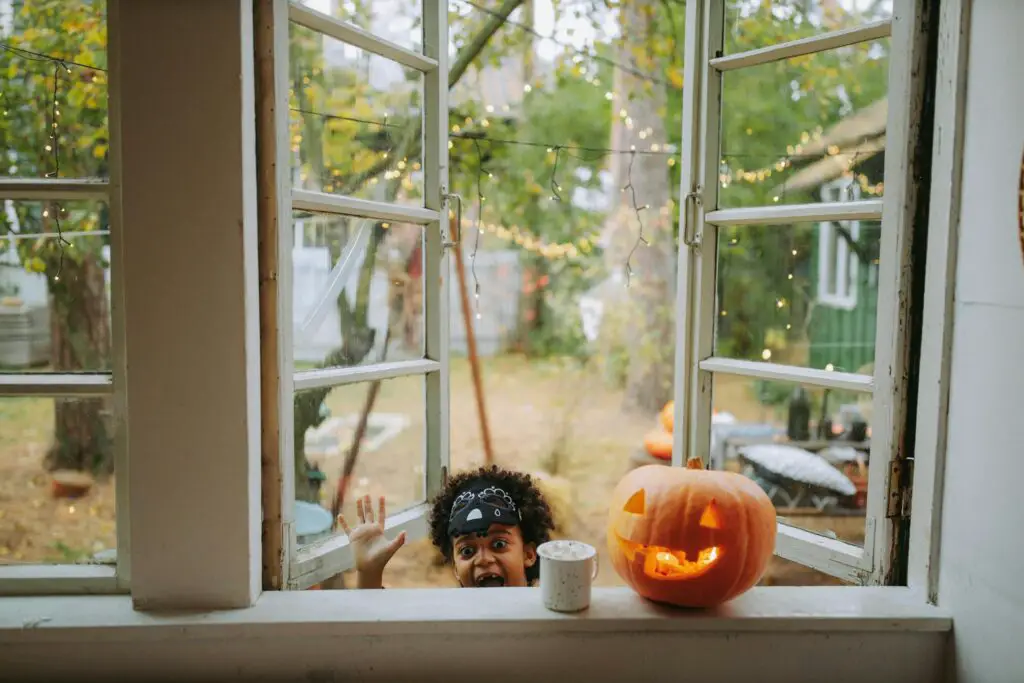
Pumpkins are a staple of fall decor, but they are also a delicious ingredient in many recipes. Whether you use them for carving, decorating or cooking, it’s important to know how long they last. The lifespan of a pumpkin depends on several factors, including its type, storage conditions, and whether it has been carved or not.
According to Taste of Home, whole pumpkins can last up to 2-3 months if stored in a cool, dry place. However, once a pumpkin has been carved, its lifespan decreases significantly. The Old Farmer’s Almanac warns that a carved pumpkin may only last 3-5 days, depending on the weather conditions. To prolong the life of a carved pumpkin, it’s recommended to keep it in the fridge or a cool, moist place. Additionally, you can coat the cut edges with petroleum jelly or vegetable oil to prevent them from drying out too quickly.
Overall, knowing how long pumpkins last can help you plan your fall decor and cooking accordingly. By choosing the right type of pumpkin and storing it properly, you can enjoy its beauty and flavor for weeks to come.
Factors Affecting Pumpkin Longevity
When it comes to the longevity of pumpkins, there are several factors that come into play. Some of the most important ones include temperature and humidity, as well as the variety and ripeness of the pumpkin.
Temperature and Humidity
Temperature and humidity are two of the most important factors affecting the longevity of pumpkins. Pumpkins prefer cool, dry conditions, and can last up to three months in such conditions. However, if the temperature is too warm or the humidity is too high, the pumpkin will start to rot much more quickly.
It’s important to keep pumpkins away from direct sunlight and to avoid exposing them to extreme temperatures. If you’re storing pumpkins indoors, make sure to keep them in a cool, dry place, such as a basement or garage.
Pumpkin Variety and Ripeness
The variety and ripeness of the pumpkin also play a role in how long it will last. Some pumpkin varieties are more prone to rotting than others, so it’s important to choose a variety that is known for its longevity.
In addition, pumpkins that are fully ripe will generally last longer than those that are not quite ripe. When choosing a pumpkin, look for one that is fully mature with a hard, sturdy stem. Avoid pumpkins with soft spots, as these are a sign of rot.
By taking these factors into consideration, you can help ensure that your pumpkins last as long as possible.
Proper Storage Techniques
When it comes to storing pumpkins, proper techniques are important to ensure they last as long as possible. There are two main considerations for pumpkin storage: indoor storage and outdoor considerations.
Indoor Storage
For those who want to store pumpkins indoors, it’s important to find a cool, dry place that is well-ventilated. This can be a basement, garage, or even a closet. Pumpkins should be stored on a flat surface, such as a shelf or table, and should not be stacked on top of each other. This will help prevent them from getting bruised or damaged.
Another important consideration is humidity. Pumpkins should be stored in an area with low humidity, as high humidity can cause them to rot. If the area is too humid, consider using a dehumidifier or placing a fan in the room to circulate the air.
Outdoor Considerations
For those who want to store pumpkins outdoors, it’s important to find a dry, shaded area that is protected from the elements. Pumpkins should be stored on a flat surface, such as a pallet, and should not be stacked on top of each other. This will help prevent them from getting bruised or damaged.
It’s also important to consider the temperature. Pumpkins should be stored in an area with a consistent temperature between 50 and 60 degrees Fahrenheit. If the temperature is too high, the pumpkins may become tough and stringy, while if it’s too low, they may sustain chill damage.
In conclusion, proper storage techniques are key to ensuring that pumpkins last as long as possible. By following these guidelines, individuals can enjoy their pumpkins for weeks or even months after harvest.
Signs of Spoilage
When it comes to pumpkins, it is essential to know how to identify the signs of spoilage to ensure that you consume only fresh and healthy produce. Here are some of the signs that indicate that a pumpkin has gone bad.
Visual Changes
Visual changes are the most apparent signs of spoilage in pumpkins. If you notice any of the following changes, it’s time to dispose of the pumpkin:
- Mold growth: Mold growth is a clear indication that the pumpkin has started to rot. The mold can appear as fuzzy white or black spots on the surface of the pumpkin.
- Soft spots: Soft spots on the pumpkin’s surface indicate that the pumpkin has started to break down from the inside.
- Discoloration: If the pumpkin has started to turn brown or black, it’s a clear sign that the pumpkin is no longer fresh.
Texture and Smell
The texture and smell of a pumpkin can also help you determine whether it’s still fresh or has gone bad. Here are some of the things to look out for:
- Rotten smell: If the pumpkin has a foul odor, it’s a clear sign that it has started to decompose.
- Slimy texture: A slimy texture on the pumpkin’s surface is a sign that it has started to break down from the inside.
- Wrinkled skin: If the pumpkin’s skin has started to wrinkle, it’s an indication that it’s no longer fresh.
In summary, it’s essential to inspect pumpkins for signs of spoilage before consuming them. This way, you can ensure that you only consume fresh and healthy produce.
Extending Pumpkin Shelf Life
Pumpkins are a seasonal favorite, especially during fall, and can be used for decorating, cooking, and baking. However, they do not last forever, and it is essential to know how long they can be stored before they start to rot. There are several ways to extend the shelf life of pumpkins, which can help you enjoy them for longer.
Preservation Methods
One popular preservation method is to soak the pumpkin in bleach. For every quart of water, add one tablespoon of bleach and soak the pumpkin for about 20 minutes. This method kills any bacteria on the pumpkin, which can cause it to rot. After soaking, rinse the pumpkin with cool water and let it dry completely before storing it.
Another preservation method is to use a commercial pumpkin preservative. These products contain a mixture of fungicides and bactericides that help to prevent rot. Follow the instructions on the package carefully to ensure the best results.
Handling Best Practices
Proper handling can also help to extend the shelf life of pumpkins. Before carving, wash the pumpkin with cool, soapy water, and then rinse it in a 10 percent bleach solution. This level of bleach should not harm wildlife. After carving, submerge the pumpkin again in a 10 percent bleach solution for at least 8 hours. This will help to kill any bacteria that may have entered the pumpkin during the carving process.
It is also important to store pumpkins in a cool, dry place. Avoid storing them in direct sunlight or near sources of heat, such as radiators or ovens. If you plan to store pumpkins for an extended period, consider wrapping them in a breathable material, such as newspaper or burlap, to help regulate moisture levels.
By following these preservation methods and handling best practices, pumpkins can last for several weeks or even months. Enjoy them while they last!
Frequently Asked Questions (FAQs)
How long will an uncarved pumpkin remain fresh?
An uncarved pumpkin can last up to 3 months if stored in a cool, dry place. However, the longevity of an uncarved pumpkin may vary depending on factors such as temperature, humidity, and the pumpkin’s ripeness at the time of harvest.
What is the shelf life of a pumpkin in the refrigerator?
Pumpkins can last up to 3 months when stored in the refrigerator at a temperature of around 50 to 55 degrees Fahrenheit (10 to 13 degrees Celsius). However, the shelf life of a pumpkin in the refrigerator may depend on its ripeness and condition before storage.
How can you prevent a pumpkin from rotting after it’s been cut?
To prevent a pumpkin from rotting after it has been cut, it is recommended to clean the pumpkin thoroughly, remove all the seeds and pulp, and then coat the inside and cut edges with petroleum jelly or vegetable oil. Additionally, storing the pumpkin in a cool, dry place can help to prolong its freshness.
What is the longevity of pumpkins kept indoors?
Pumpkins kept indoors can last up to 2 months if stored in a cool, dry place away from direct sunlight. However, the longevity of pumpkins kept indoors may vary depending on factors such as temperature, humidity, and the pumpkin’s ripeness at the time of harvest.
Does the presence of a stem affect a pumpkin’s longevity?
Yes, the presence of a stem can affect a pumpkin’s longevity. It is recommended to leave at least 4 inches of stem intact when harvesting pumpkins as the stems prolong the shelf life of the pumpkins. When the stem is removed, it creates an entrance point for insect pests and rot.
What techniques can extend the life of pumpkins displayed on a porch?
To extend the life of pumpkins displayed on a porch, it is recommended to avoid carving the pumpkin until a few days before Halloween. Additionally, keeping the pumpkin out of direct sunlight and away from extreme temperatures can help to prolong its freshness. Finally, coating the pumpkin with petroleum jelly or vegetable oil can help to prevent it from drying out too quickly.
Conclusion
Understanding how long pumpkins last, whether they’re intricately carved pumpkins or uncarved beauties, is essential for extending their lifespan throughout the pumpkin season. By following expert pumpkin carving tips, you can ensure your healthy pumpkins, be they sugar pumpkins, carving pumpkins, or even mini-pumpkins, stay fresh longer.
Remember, the rotting process varies between a cut pumpkin and cured pumpkins. So, whether you’re visiting a pumpkin patch for pie pumpkins or gathering pumpkin seeds, knowing these details can enhance your fall season experience, keeping your pumpkins vibrant from Halloween night and beyond.

